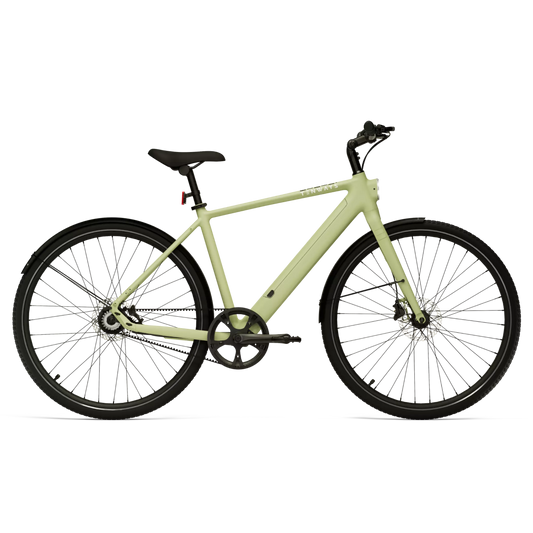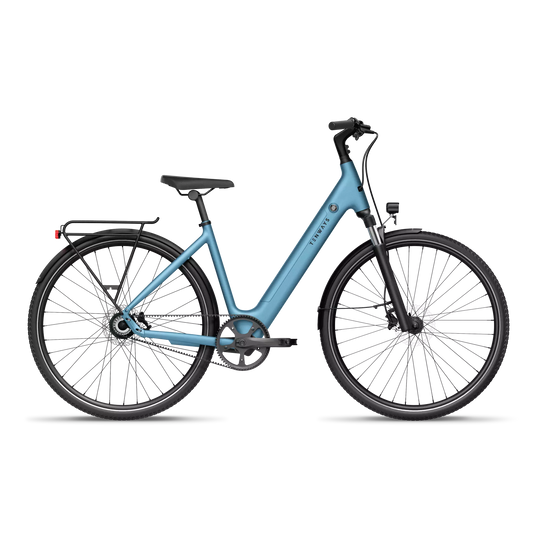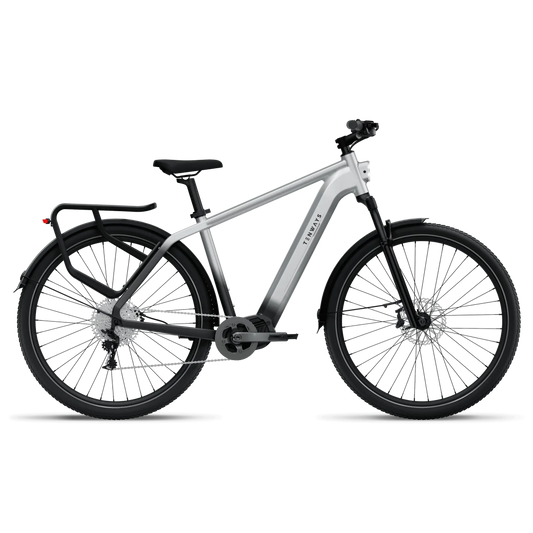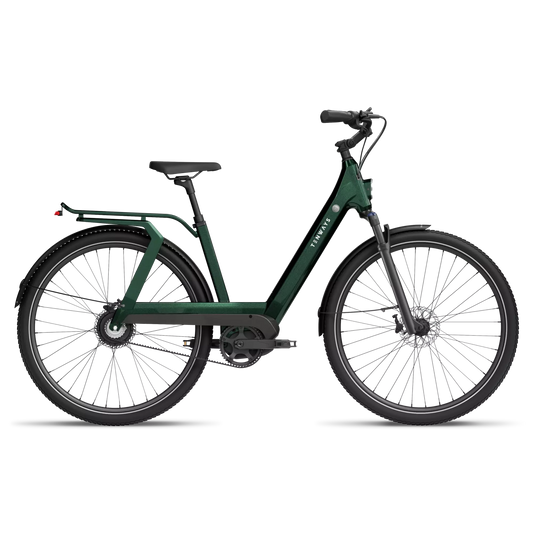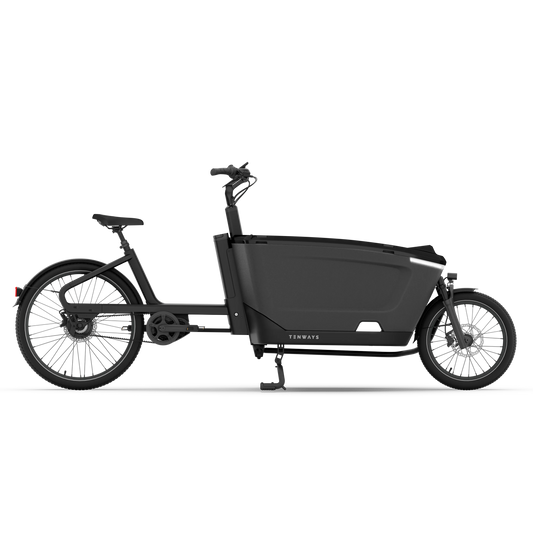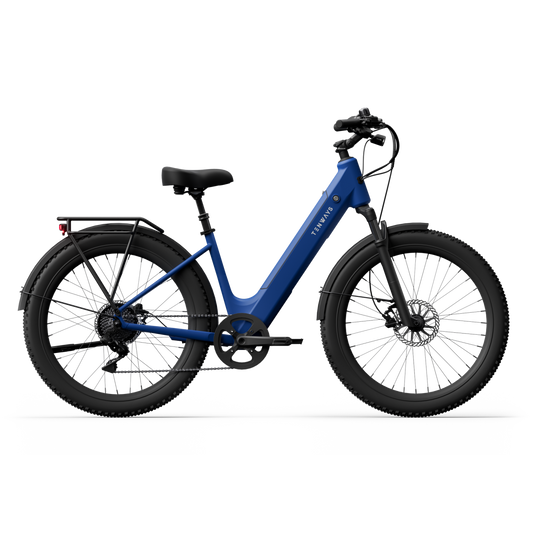Have you ever noticed how your posture affects your mood? Standing tall with an upright posture often leads to increased confidence and decreased stress levels. Conversely, slouching can leave you feeling lethargic or sluggish. The mind-body connection is profound, especially during activities like cycling, where posture plays a pivotal role in both physical and mental performance. Join us as we explore the importance of maintaining the right posture while e-biking.
The benefits of good cycling posture
Before delving into specific tips, it's crucial to understand why maintaining proper cycling posture is so beneficial. Beyond mood, there are numerous physical benefits to keeping a good stance while on your e-bike. Firstly, it aids in injury prevention, reducing pain and strain on muscles and joints, particularly in the back, neck, and knees. Secondly, good posture helps to distribute weight more evenly and engage the right muscles instead of placing unnecessary stress on joints, therefore improving endurance, allowing for longer rides with less effort. Thirdly, it enhances riding efficiency by optimizing muscle engagement, leading to more efficient pedalling and energy utilisation.

But what does good cycling posture look like?
Like many exercises, optimal cycling posture involves engaging core muscles to support the upper body and reduce strain on the lower back. To achieve this,
- Keep your back straight but relaxed, with shoulders also relaxed and down (be aware of your shoulders creeping up towards your ears).
- It's important to pay attention to your arms, maintaining a slight bend in your elbows to aid shock absorption.
- Leg positioning is also crucial; aim for a smooth pedal rotation with knees and pedals aligned. Your legs should be almost fully extended when the pedal is at the lowest point, and there should be a slight bend in your knees, about 25-35 degrees.
For extra assurance on how your posture is, maybe ask a friend to come cycling with you and observe your posture from behind to check everything is aligned as it should be!
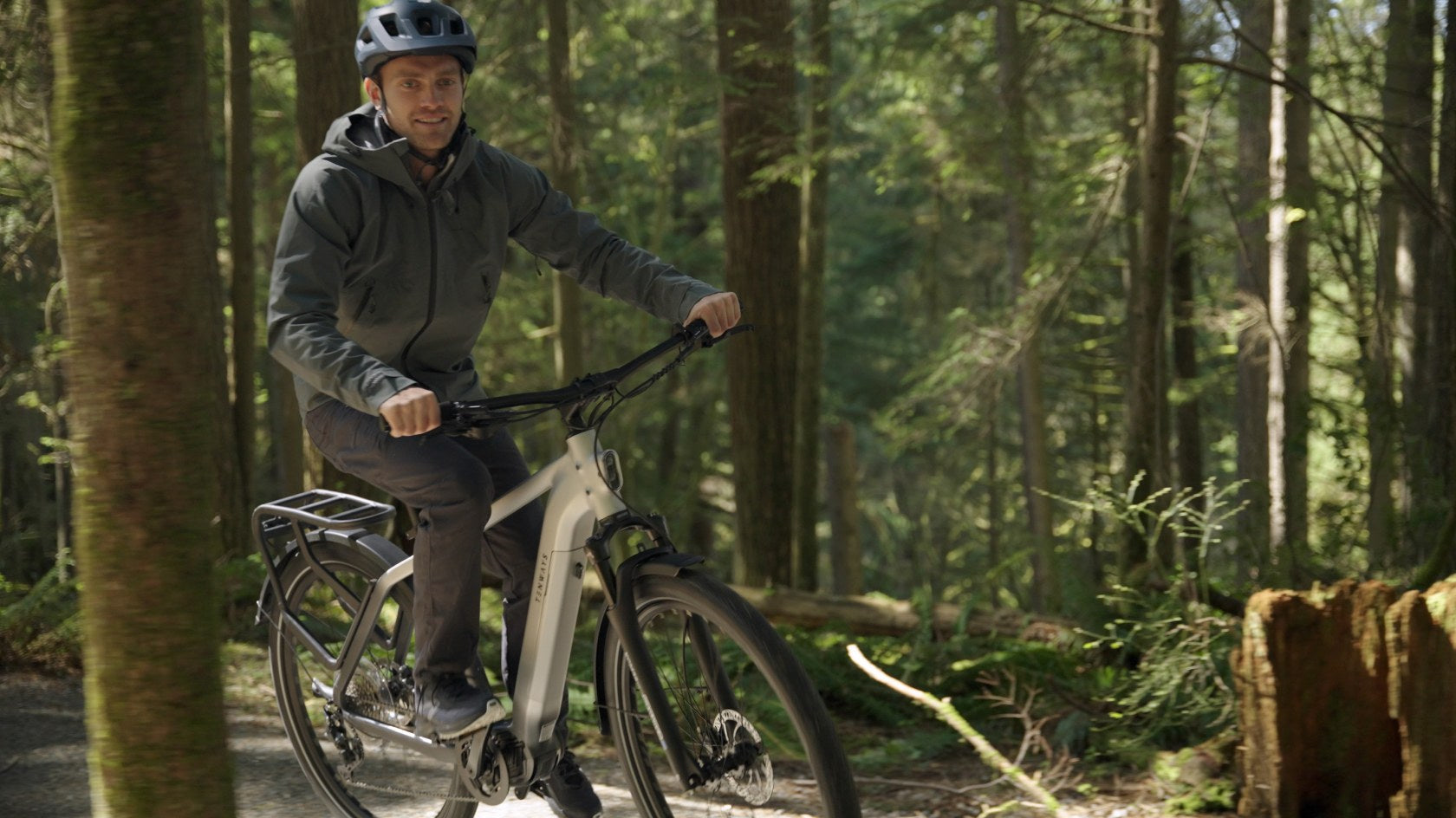
Mastering proper posture
Regularly checking in with your posture while cycling is essential for optimal performance and injury prevention. Maintaining awareness of your body's alignment and sensations, particularly in the neck, shoulders, and back, will allow you to recognise tension or discomfort as it arises. If you feel tension creeping in, you can take a breath and let it go, making a conscious effort to relax those muscles. However, if discomfort persists it's important to honour your body and take a quick break.
TENWAYS pro tips
Aside from your body alignment, ensuring you have the right-sized bike for you is essential. Having a bike that's too small may mean you are hunched over and put extra strain on your back and shoulders, whereas a bike that's too big may mean you are overstretching to reach the pedals and can't bend your elbows, therefore reducing shock absorption and increasing injury. Luckily, we've created a handy blog on choosing the right bike frame to prevent this mismatch.
Taking regular breaks during your rides is also important, preventing overexertion, and allowing you to maintain proper posture throughout your journey. If you find it difficult to maintain the correct posture over longer rides, you may want to think about improving your muscular endurance, by starting small and building up to longer rides over time.

Improving your posture
Building a strong mind-body connection is crucial for improving and maintaining optimal posture. Mindfulness activities, like yoga and meditation, are great for promoting total bodily awareness, enabling you to recognise where your muscles may be holding tension, and let it go. Mindfulness practices focus on wellness and can reduce stress levels, ensuring your posture isn't influenced by underlying mental strain. Yoga specifically focuses on bodily alignment and core engagement, helping to strengthen core muscles, which is essential for good posture. Additionally, regular stretching can help improve flexibility and relieve tension in muscles that may be contributing to poor posture.
Other ways to improve posture include practicing good sitting habits, having an ergonomic workstation/desk, and just generally staying active.
Conclusion
There's power in posture! Maintaining the right posture while e-biking is essential for both physical and mental well-being. So, straighten that spine, engage your core, and get ready to conquer the streets on all your e-biking journeys ahead.
